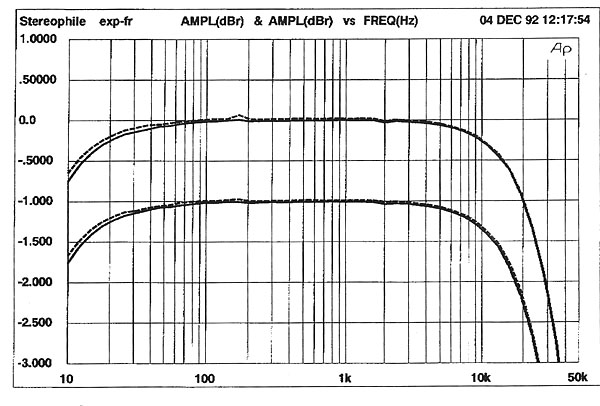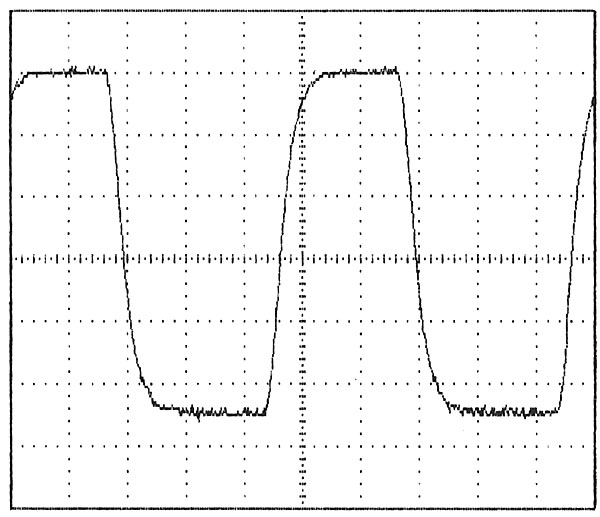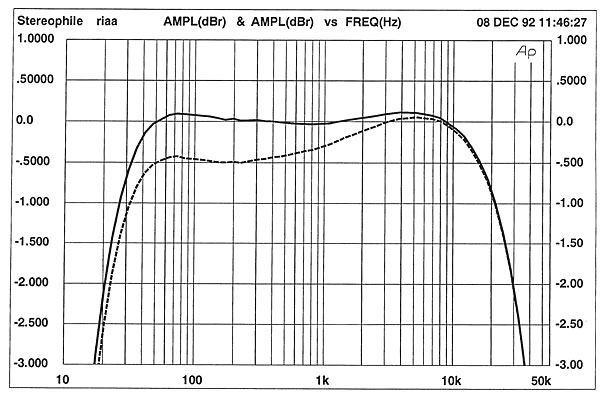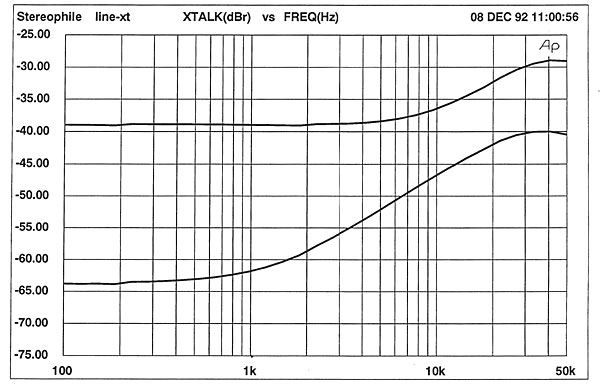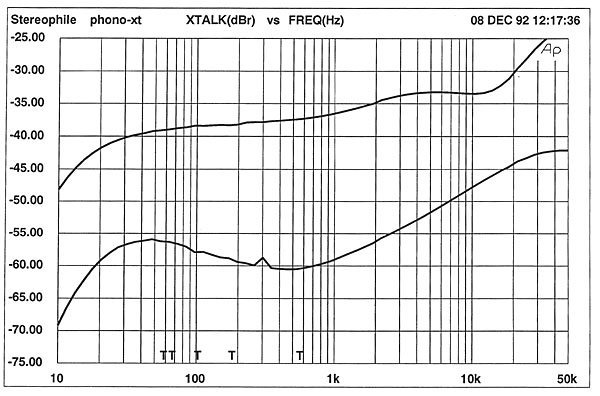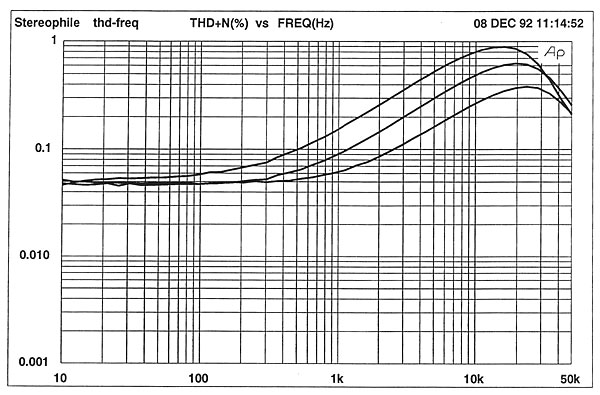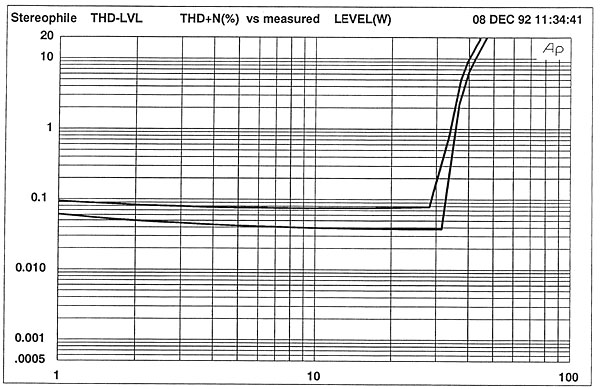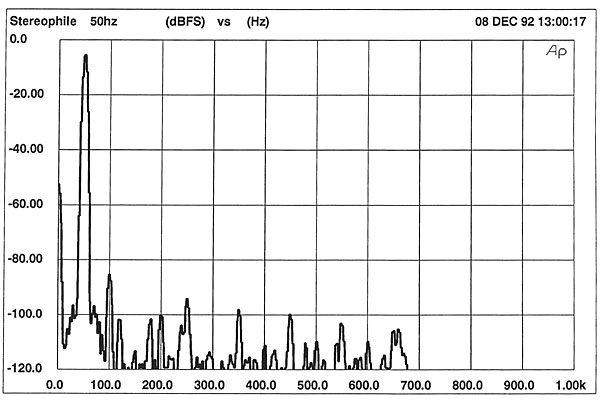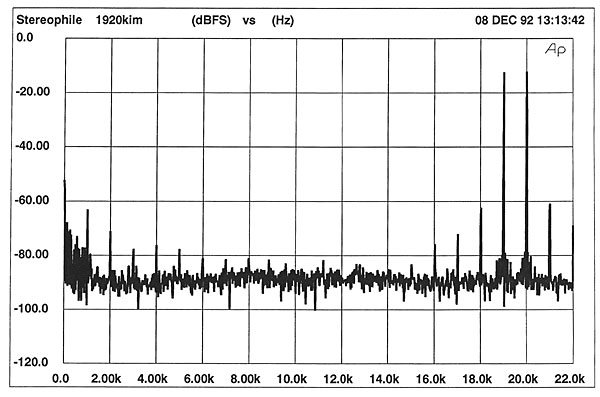| Columns Retired Columns & Blogs |
... heat sink for the output transistors, this is it.
Can't believe the designer thought that a simple L-bracket attached to the rear panel was sufficient.
If the author was under the impression that the Exposure's "overall build and parts qualities are excellent" and "the unit is nicely finished", he should have examined a Pioneer Elite A-71, which was a contemporary of the XV and sold for about the same price:
http://www.thevintageknob.org/pioneer-A-71.html
